Bipolar Disorder: Educational Tool for Patients, Families, and Support
VerifiedAdded on 2023/04/25
|25
|1936
|94
Report
AI Summary
This educational tool aims to improve the understanding of Bipolar Disorder among patients and their families, addressing the prevalent educational gap in the community. It covers the symptoms of both mania and depression, how the disorder can affect individuals if left untreated, and diagnostic methods. The report details various treatment options, including medications and psychotherapy, and emphasizes the importance of lifestyle changes for managing symptoms. It also provides practical tips for patients and their families on how to cope with the disorder, recognize early warning signs, and seek support from relevant organizations. The conclusion underscores the significance of education and treatment in enabling patients to lead positive and fulfilling lives, encouraging equal attention to mental and physical health.
1 out of 25
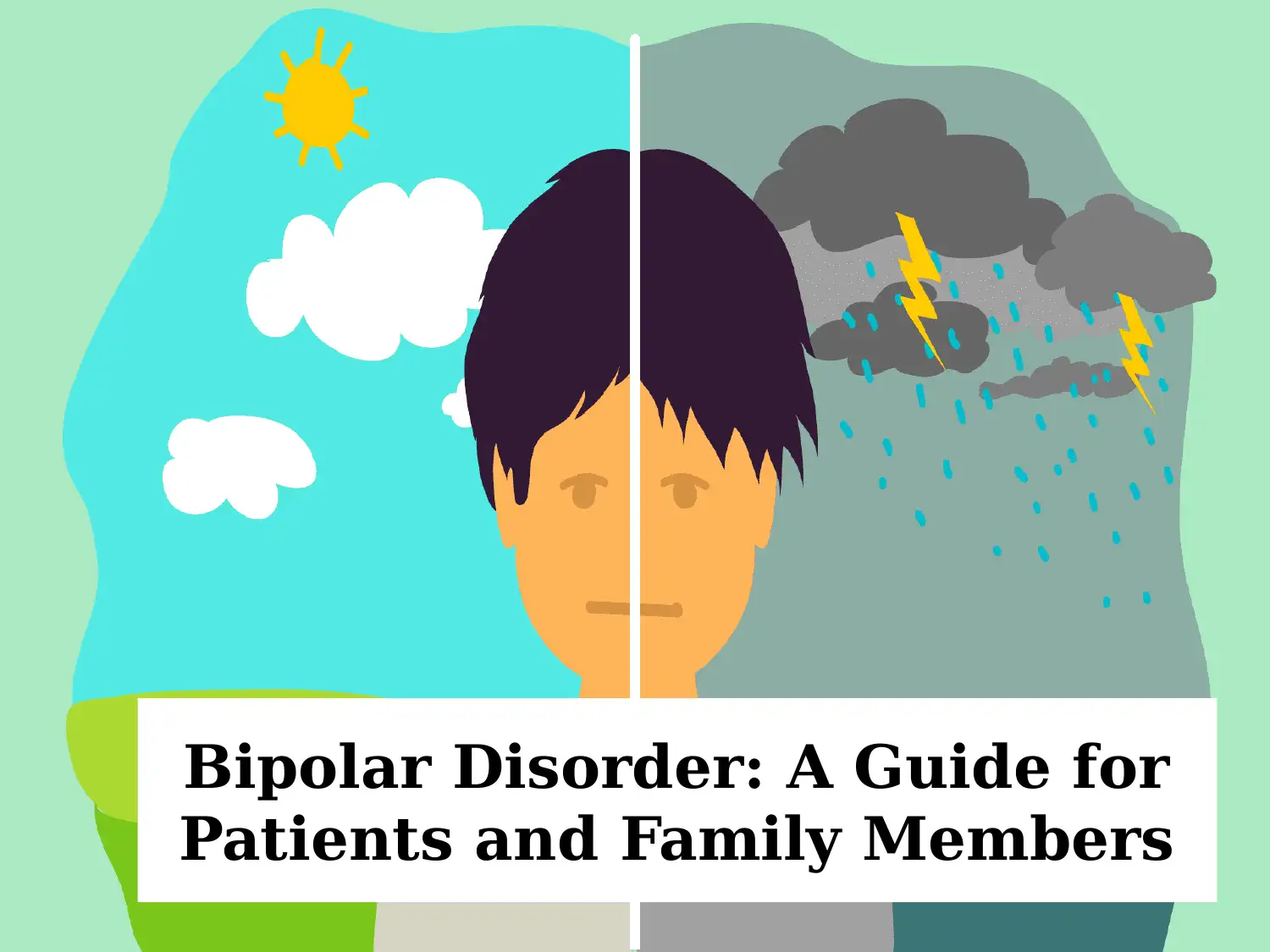

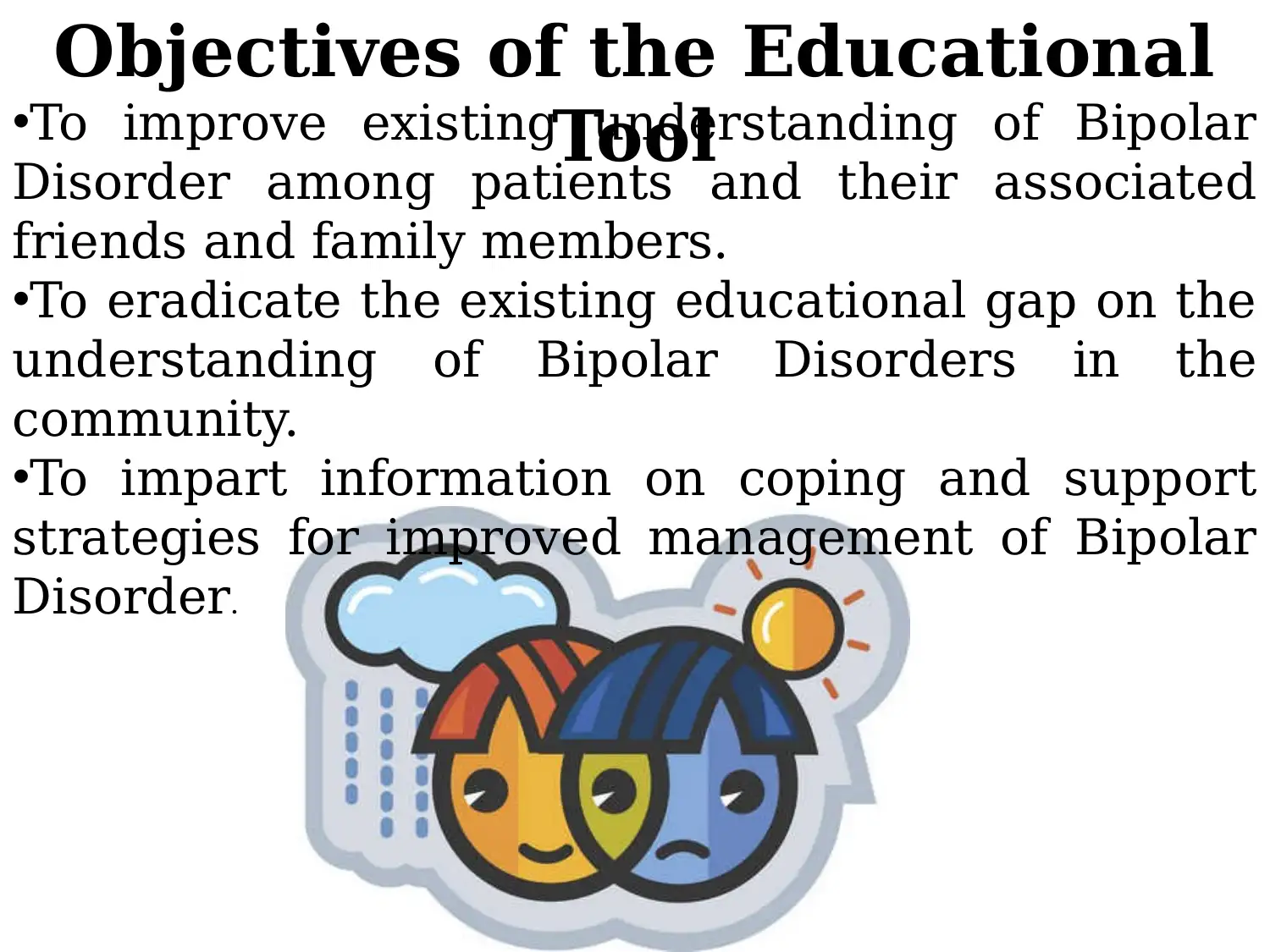

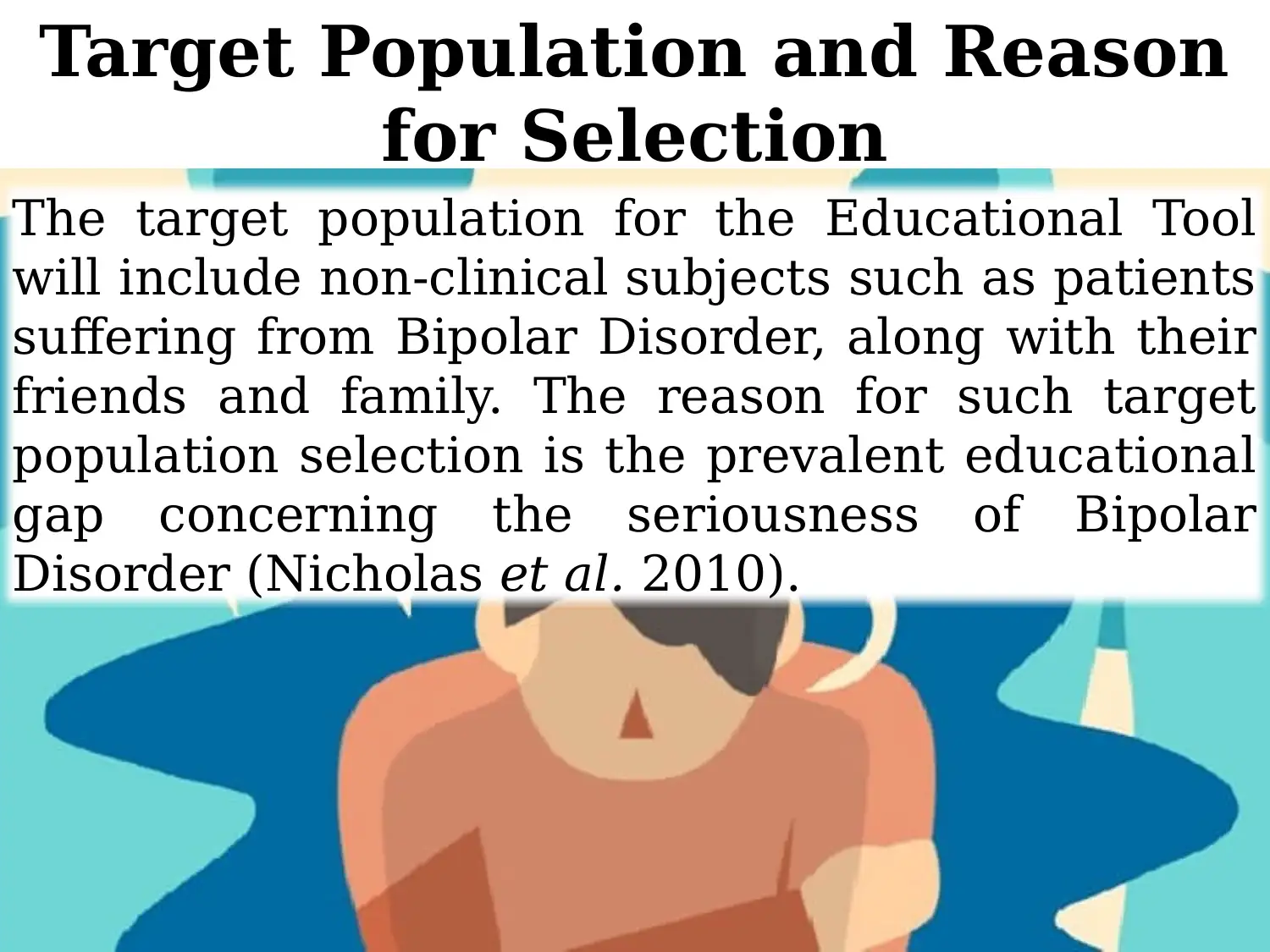
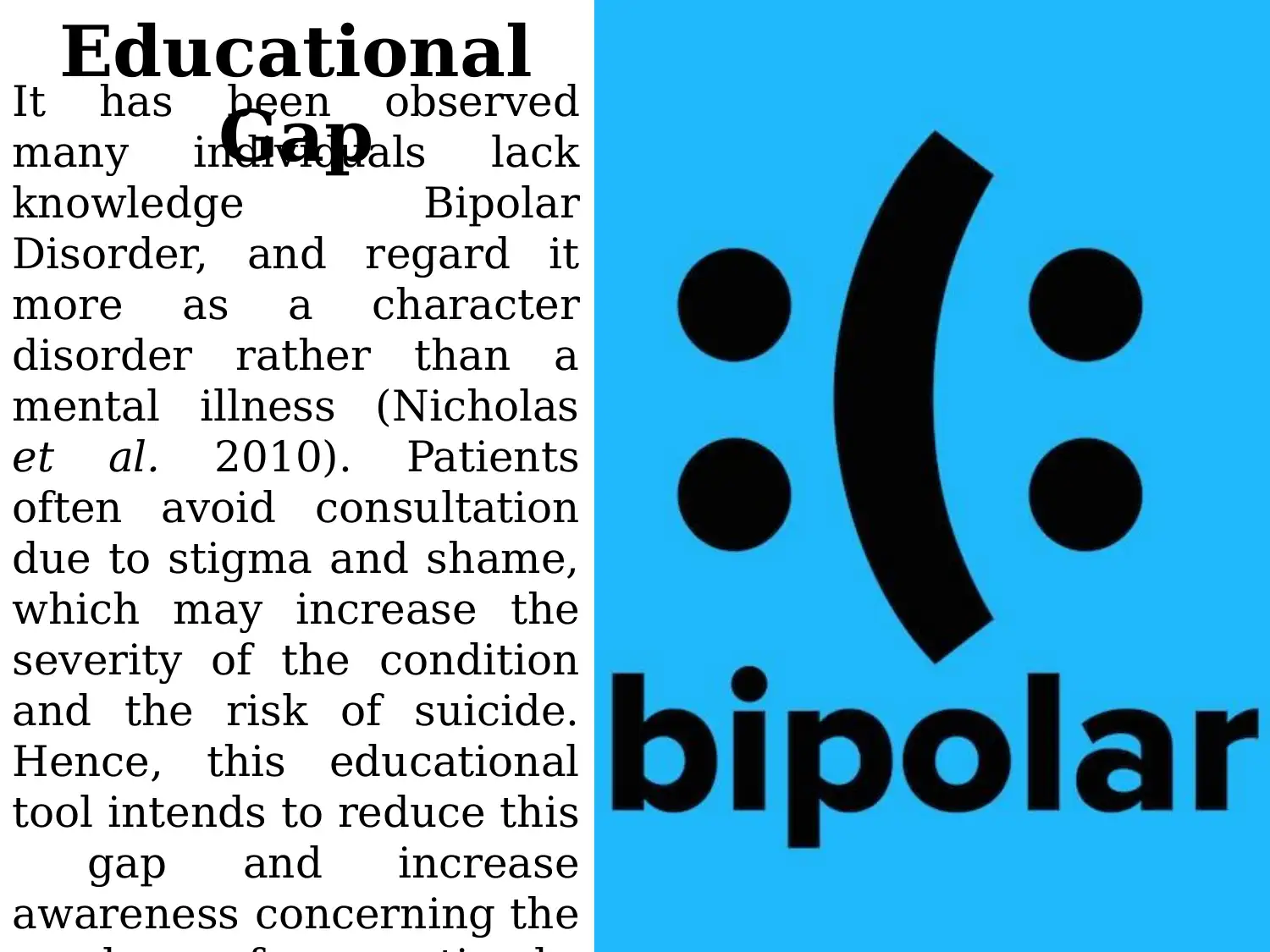
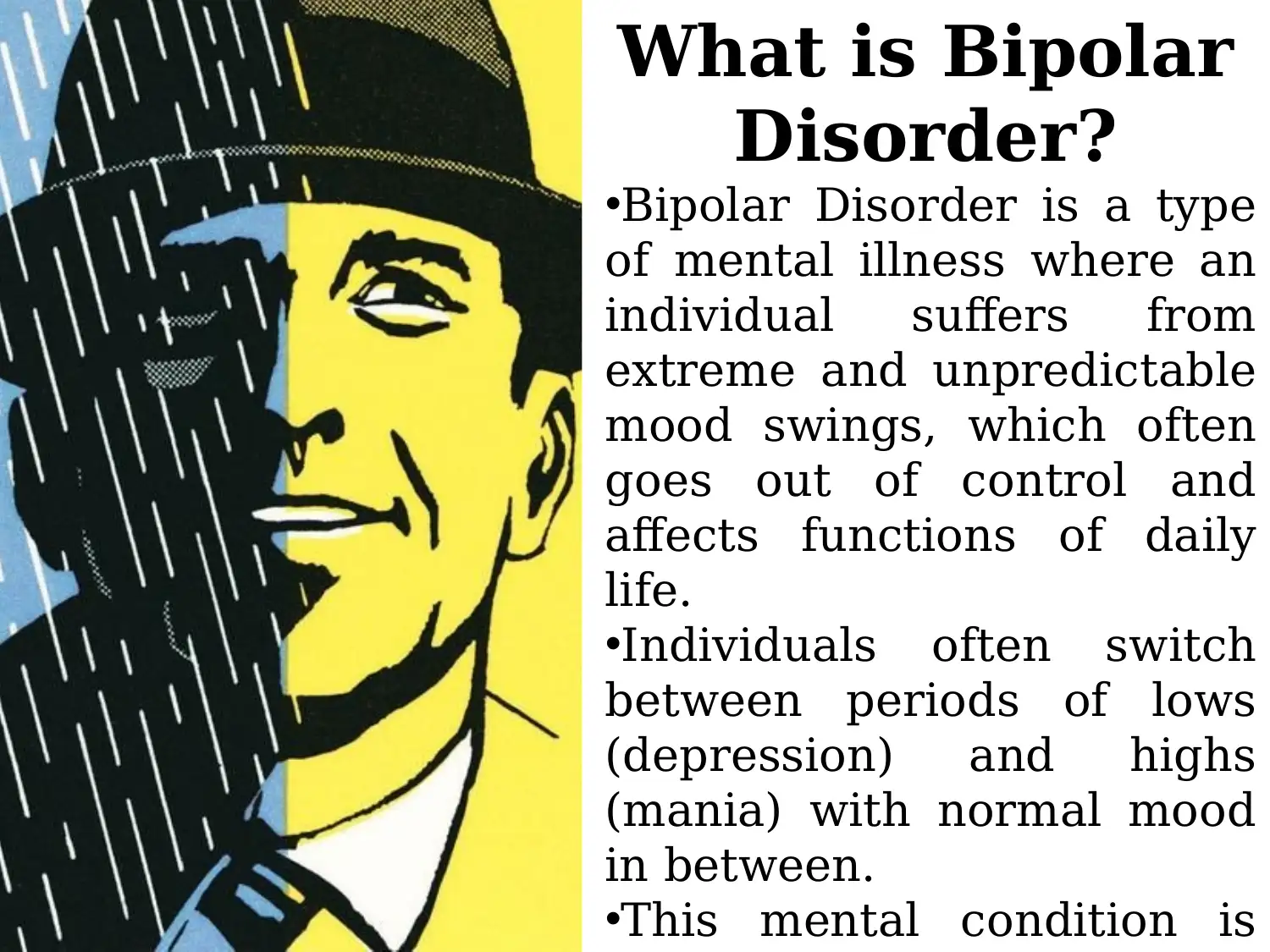
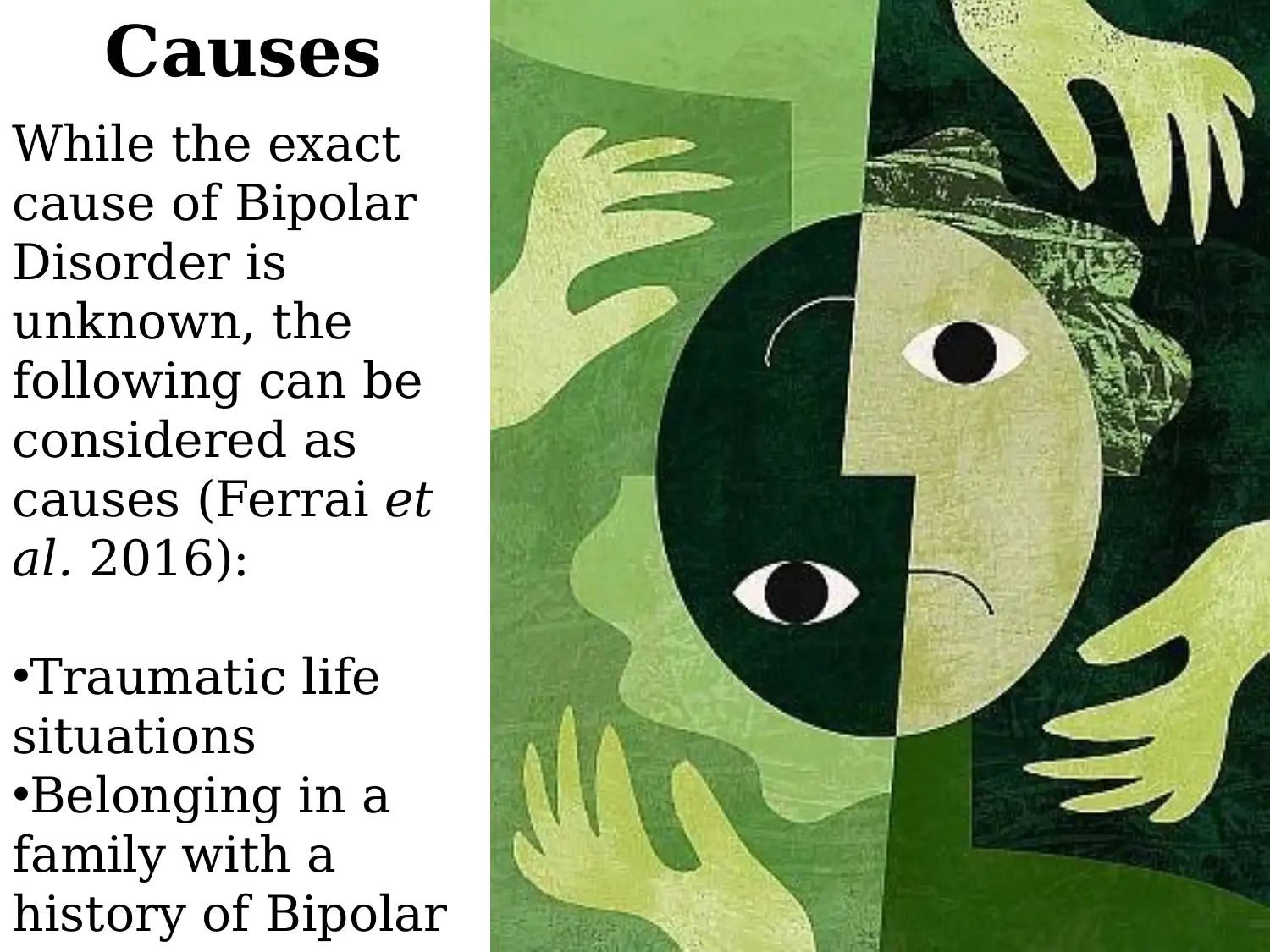

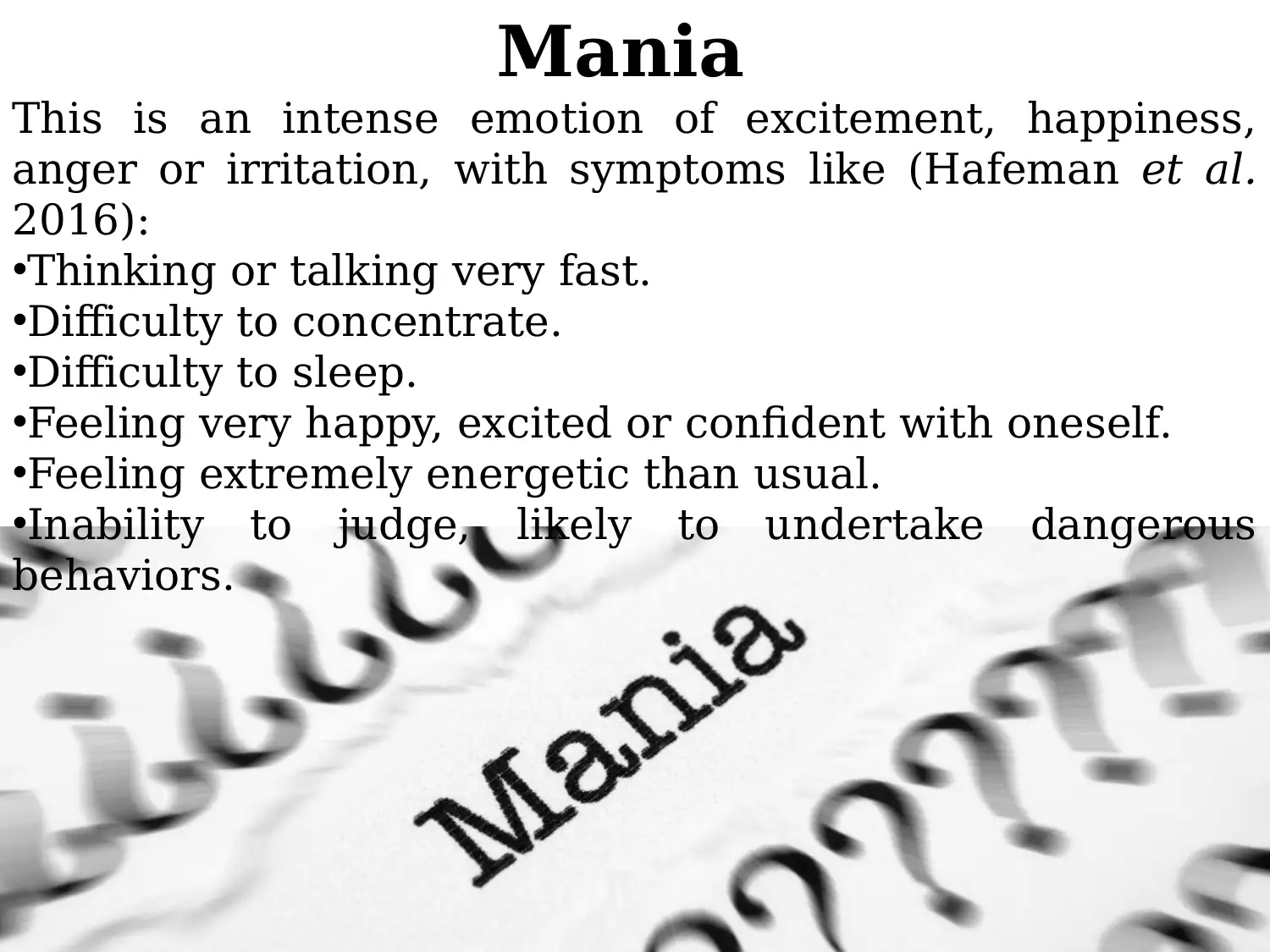
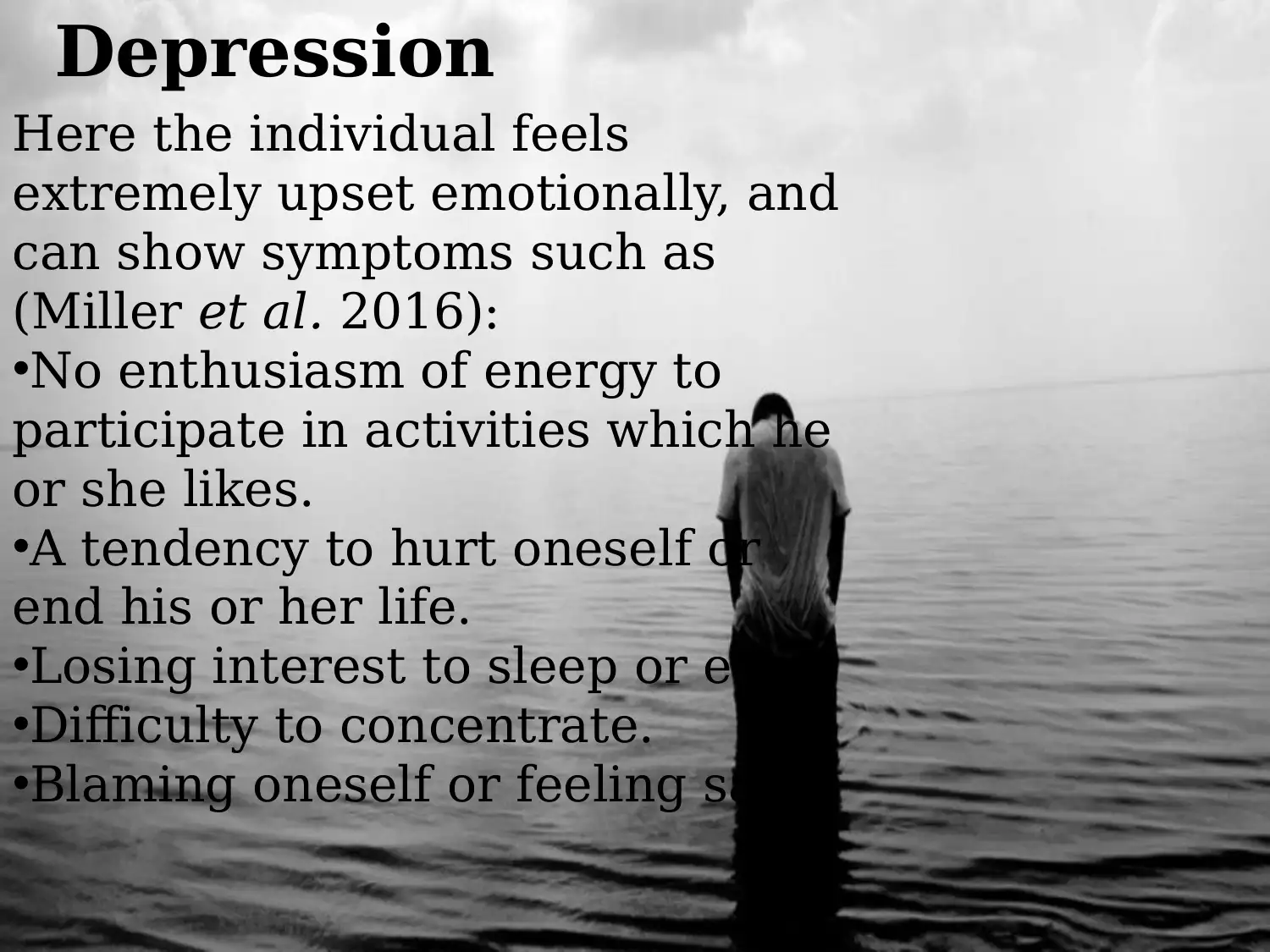
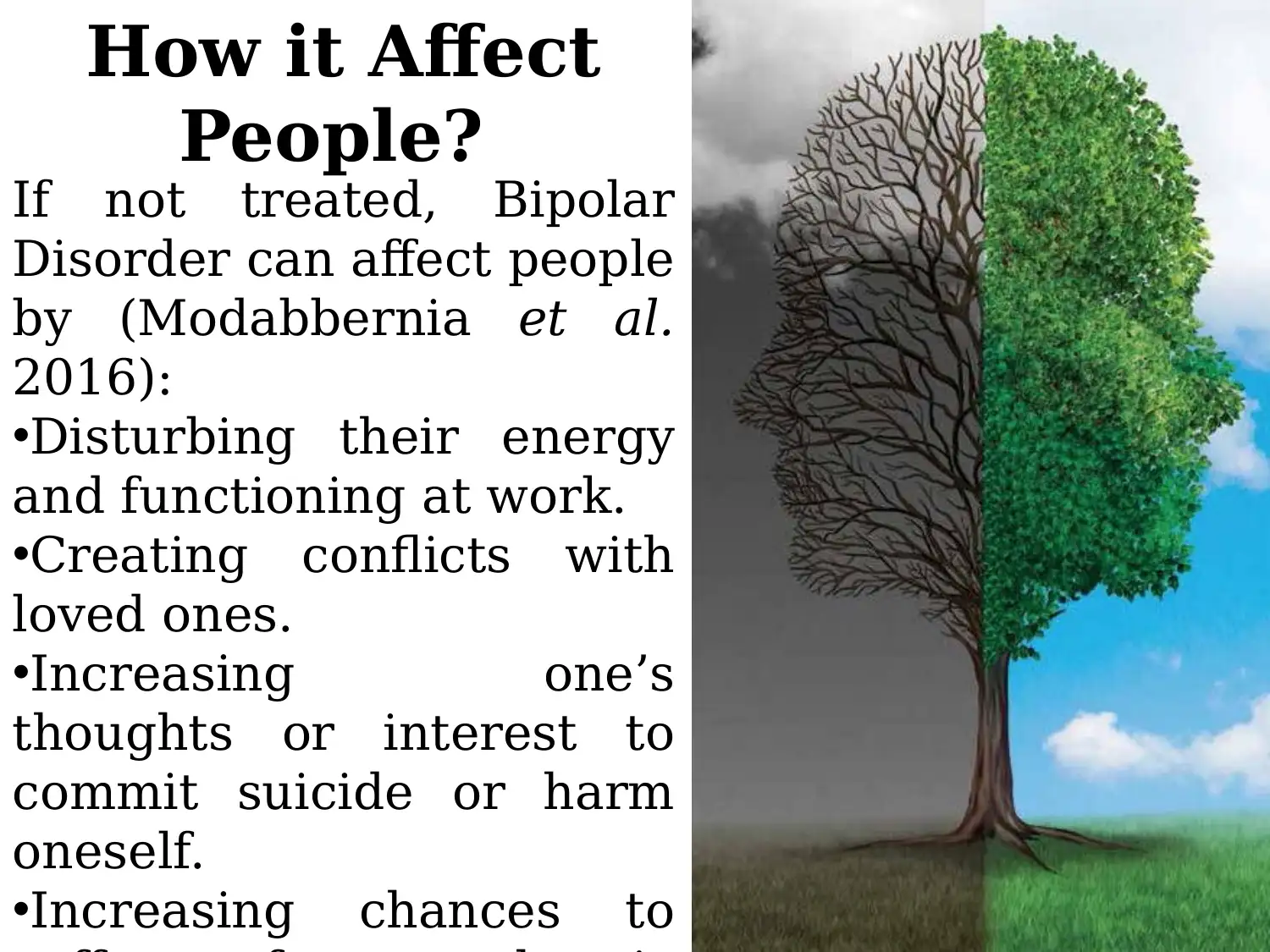
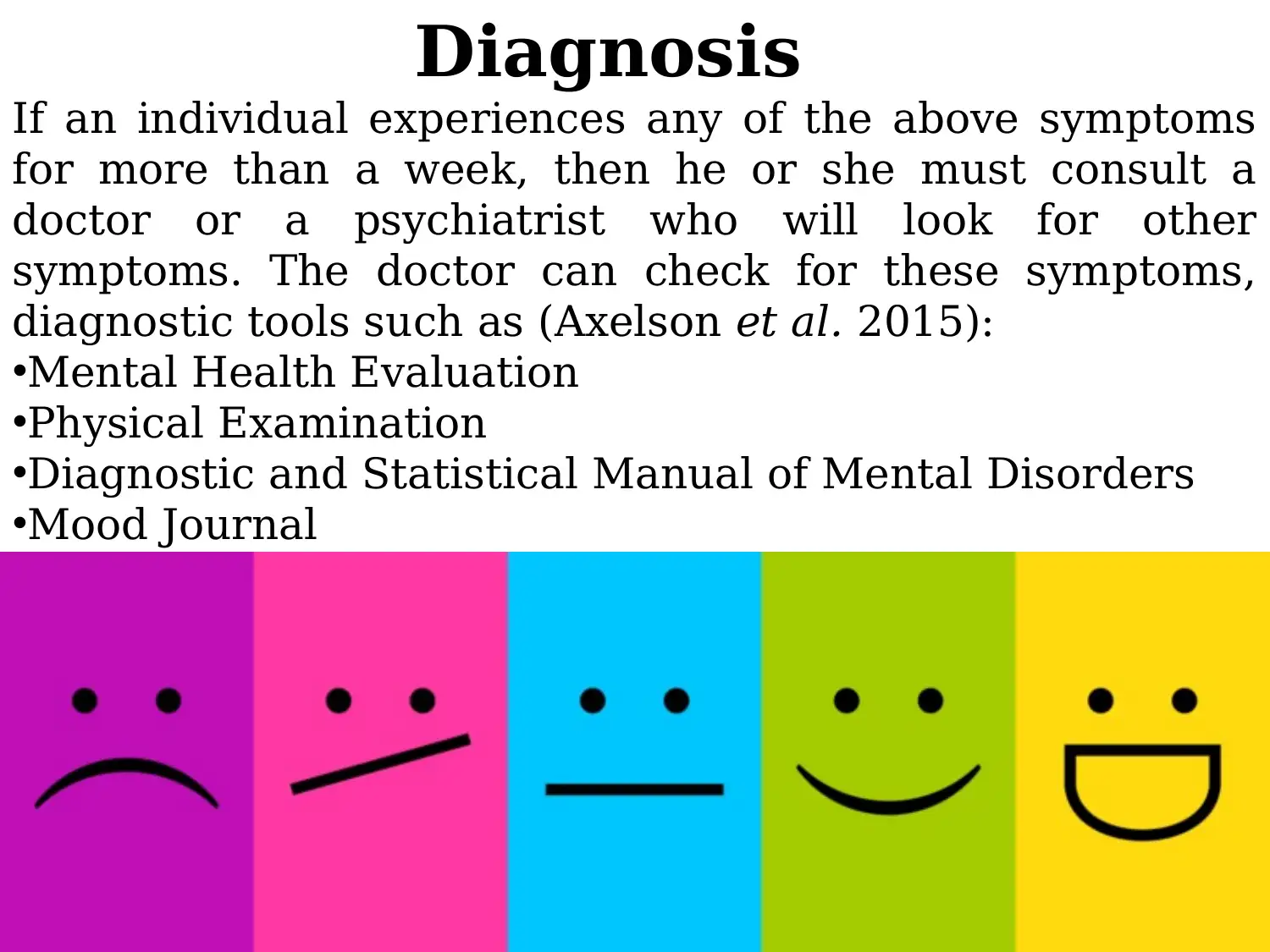





![[object Object]](/_next/static/media/star-bottom.7253800d.svg)